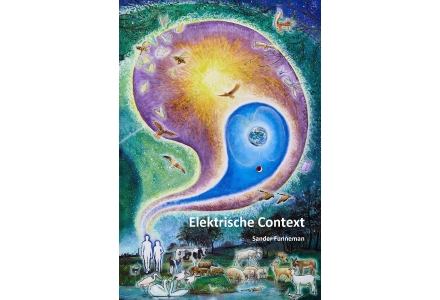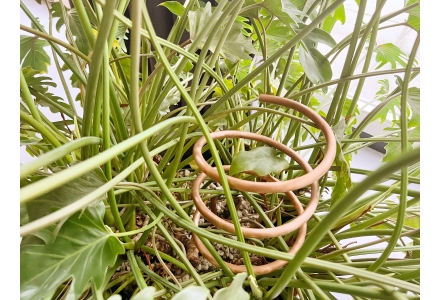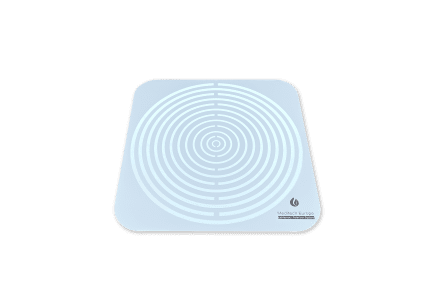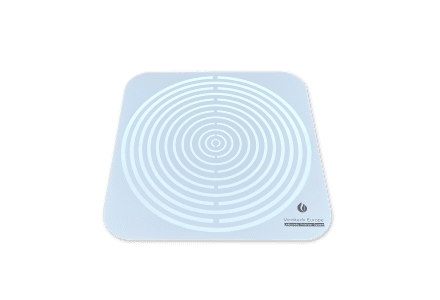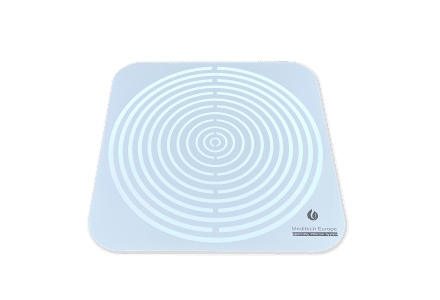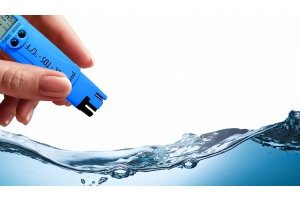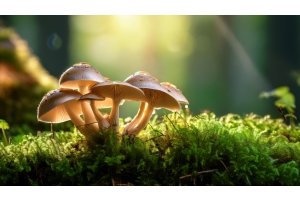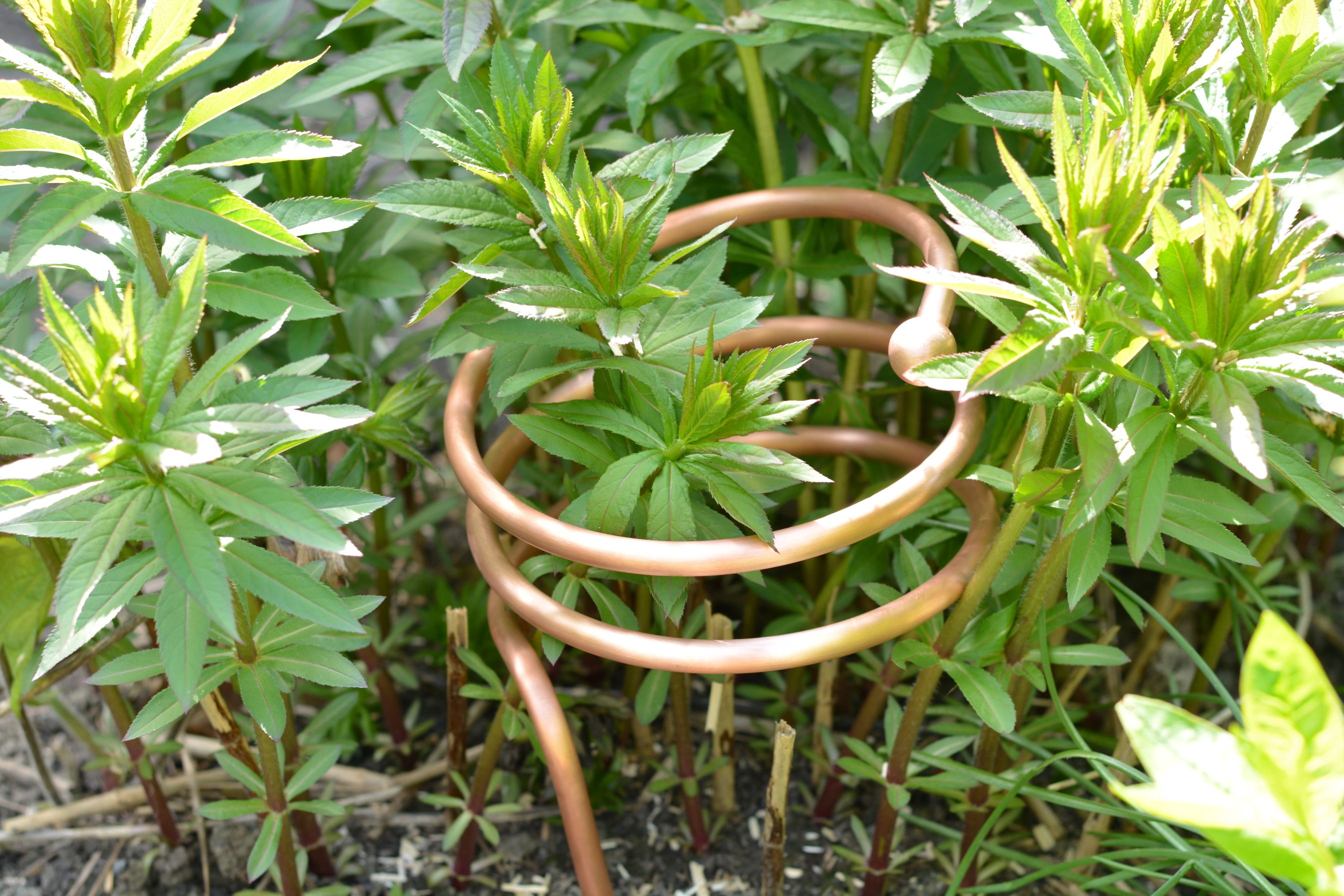
Electroculture offers a surprising alternative that is increasingly attracting the attention of gardeners, ecological farmers and researchers. This technique, based on natural electromagnetic energy from the earth and air, is more than a century old, but now more relevant than ever. In this blog you will read what electroculture is, how it works, why it is on the rise again, and how you can apply it yourself in your garden or vegetable garden.
Electroculture: a forgotten technique rediscovered
More and more people are looking for natural ways to support their garden or vegetable garden. In that search, electroculture - an old, almost forgotten technique - is slowly gaining ground. Using natural electromagnetic energy, electroculture boosts plant vitality without fertilizers or chemicals. What was once explored by pioneers such as Georges Lakhovsky and Nikola Tesla is now being embraced again by ecological gardeners, some farmers and people who are conscious of the energy in their environment.
The popularity of electroculture has also been growing in recent years in the Netherlands. For example, a national Electroculture Week was organized for the first time in 2023, and more and more networks of people experimenting with it are emerging - from allotment gardeners to permaculture initiatives.
At the same time, interest is growing in natural farming methods that do not deplete the soil, but rather strengthen it. Electroculture fits perfectly into this trend: it is a quiet, subtle technique that works with nature, rather than against it. But what exactly is Electroculture - and how can you apply it yourself?
What exactly is Electroculture?
Electroculture may sound like something futuristic or technical, but at its core it is surprisingly simple, as well as natural. It's a way of gardening or farming in which you harness the earth's natural energy fields to help plants grow better. Consider using materials such as copper placed in or around the garden in a certain way to conduct or amplify electromagnetic energy.
This energy has always been present in our environment - just like sunlight or gravity - but is rarely consciously harnessed in mainstream agriculture. In electroculture, it is. For example, by placing a copper coil or antenna-like structure in the ground, plants can benefit from subtle energy and frequencies that stimulate their growth.
The idea is that plants, like people and animals, respond to their energetic environment. When that environment is balanced and “fed” with the right natural energy, plants can become more vital, stronger and productive - without the need for fertilizers, pesticides or complicated technology.
The basic principles of Electroculture are more than a century old and fit surprisingly well with today's understanding of energy and frequencies.
Electroculture in practice: simple means, natural power
There are several ways you can practice electroculture, and the great thing is: most of them are surprisingly simple. One of the best-known methods is to use a copper antenna or coil, which you place in or near your garden. Such an antenna acts as a kind of energetic conductor. It captures natural energy from the air and atmosphere - think earth magnetism, natural radiation and even cosmic influences - and conducts it through the metal toward the soil and root area of the plants. The idea is that this puts the plant in a kind of amplified or harmonic energy field, stimulating cell metabolism and sap flow. Some compare it to a natural “boost” to the plant's life force.
The result? A subtle but lasting stimulus for growth and vitality. Plants seem to thrive better in such an energetic field, be more resilient to drought or pests, and take stronger roots.
At Meditech Europe, among other things, we offer the Lakhovsky Plant System: an optimized application of these principles, based on the work of Georges Lakhovsky.
Our Polarizer Plates and the Lakhovsky Polarizer System can also be used to optimize the growth of plants, fruits and seeds through the harmonization of energy fields - a form of electroculture that works primarily at the level of vibration and resonance.
Probably in 2025, we will add another powerful tool: pyramids made of copper wire. These geometric shapes have been associated with energy concentration for centuries, and appear to have their effect in the garden as well. A pyramid above a plant or bed can positively influence the growth, flowering and even taste of crops, according to many users.
Polarizer Plates & the Lakhovsky Polarizer System: a boost for your seeds
One particular application area of electroculture - and specifically of the Lakhovsky Polarizer System and the Lakhovsky Polarizer Plates - is treating seeds before planting. By placing seeds on the Polarizer Plate or on the Lakhovsky Polarizer System for a certain time, they are energetically charged. Fruit stored on a Lakhovski Polarizer system also lasts longer.
Following the principles of resonance and energy harmonization, the vibrational fields of the seed are “ordered” and amplified, which is said to contribute to higher vitality and faster germination once the seed goes into the ground. Users report that seeds pre-treated in this way often germinate faster, more evenly and more vigorously than untreated seeds.
The beauty is: this is a completely natural way to activate the growth potential of seeds - without chemical stimulants or genetic manipulation. You work purely with frequencies, energy and geometry, attuned to the natural processes of life and growth.
The Multiwave Oscillator and Electroculture
Those who delve into electroculture soon come to the pioneering work of Georges Lakhovsky. His insights about electromagnetic fields, frequencies and resonance formed the basis for techniques that still support plants in their growth and vitality.
Therefore, we can actually say that the principles of electroculture are closely linked to the work of Georges Lakhovsky, the inventor of the Multiwave Oscillator (MWO).
Lakhovsky assumed that the vitality of plants, cells and cell structures - is determined by their ability to resonate at natural frequencies. The Multiwave Oscillator was designed to emit a broad spectrum of electromagnetic waves, allowing cells and cell structures of plants, for example, to pick up exactly those frequencies that contribute to their natural balance and resilience.
In the garden, this principle works similarly. Plants exposed to harmonic electromagnetic fields, such as those from an MWO or from simpler electroculture setups, can grow faster, develop more vigorous roots and build greater resistance to stressors. Some trials even showed that flowers became fuller and fruits developed more robustly under the influence of this electromagnetic stimulation.
While a complete Multiwave Oscillator, based on powerful high-frequency technology, is not practical for everyone to use in the garden, there are smaller systems - as discussed in the previous section - that are based on resonance. So you can still easily get started and benefit from the natural resonance support that Lakhovsky once initiated.
Why choose electroculture?
At a time when sustainability and conscious living are becoming increasingly important, electroculture offers an attractive alternative to traditional - often intensive - farming methods. Instead of artificial fertilizers, pesticides and heavy machinery, electroculture uses the power already present in nature. It is a way of working with nature, rather than against it.
Electroculture users report that their plants become more resilient and vital. They seem more resistant to drought, disease and pests, and often have a more intense color, smell or taste. Faster growth, more vigorous root development and higher yields are also reported. Even soil quality can improve, as soil life behaves differently in a harmonic energy field - more active and balanced.
What makes this method extra special is that it is completely silent, energy efficient and low maintenance. No batteries, motors or electronic circuits are needed. Everything is done through resonance, conduction and natural energy transfer. This makes electroculture not only environmentally friendly, but also eminently suitable for small gardens, allotments and even potted plants on balconies or windowsills.
Inspiring experiences and results
Although electroculture is not yet mainstream, the number of users sharing their positive experiences is growing - also in the Netherlands. From allotment gardeners amazed at the quick germination of their seeds, to permaculture enthusiasts who notice that their plants suffer less from lice, drought or mold. The stories are diverse, but one thing keeps coming back: it works quietly, subtly and deeply.
Some users even speak of “noticeably different energy” in their gardens since working with antennas, the Lakhovsky Plant System or pyramids. Plants seem not only more vital, but also more “balanced. There is less reliance on artificial means, and gardening takes on a new dimension for many - one in which they feel connected to something greater: life energy itself.
Small experiments and collaborations are also emerging in agriculture, with electroculture being used alongside organic or regenerative agriculture. In this, the coming years promise much development and knowledge sharing.
Getting started with electroculture
Are you curious what electroculture can do for your garden, plants or seeds? At Meditech Europe, we are happy to help you get started with practical and energetic tools that are easy to apply. Whether you choose the Lakhovsky Plant System, the Lakhovsky Polarizer System, or, in the future, a pyramid structure made of copper - you are always working with products that resonate with the natural energy of life and growth.
Want to know more about these systems? Feel free to take a look at our website or contact us. We are happy to think with you about which application best suits your situation.
Be surprised by what is possible when you work with nature - and discover the silent power of electroculture.
